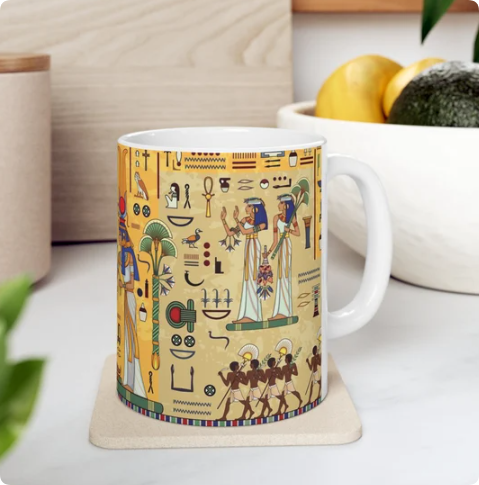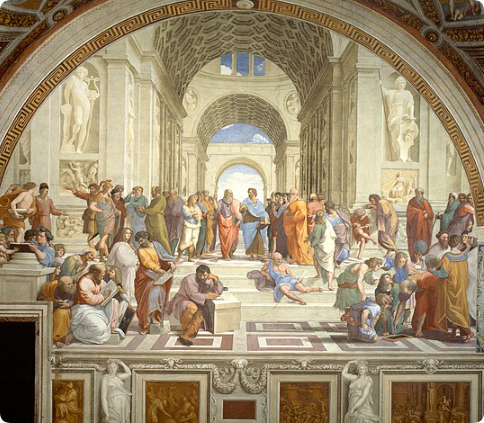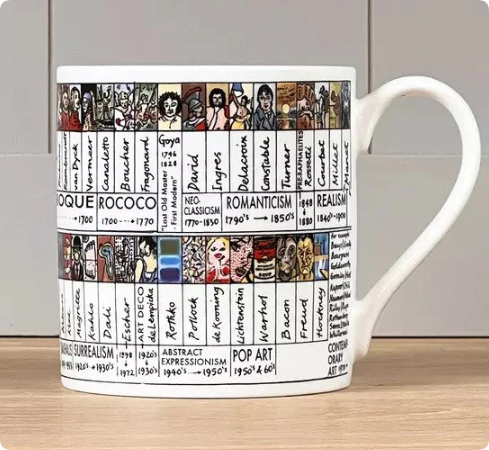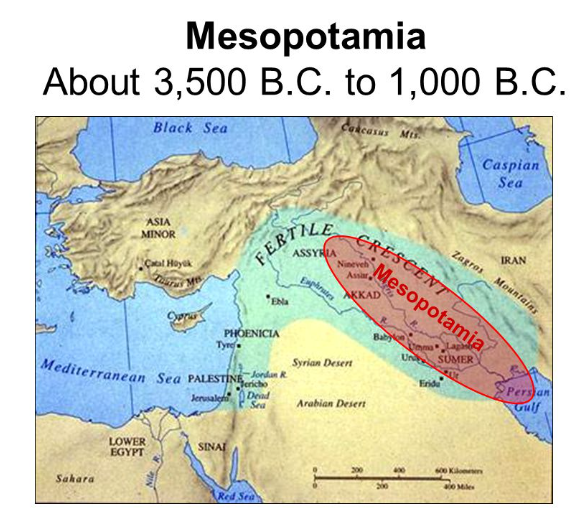Ceramic mugs have evolved significantly over centuries, transforming from simple utilitarian vessels to iconic symbols of culture, craftsmanship, and personal expression. Today, they are a staple in homes, offices, and cafes worldwide. This blog will delve into the history of ceramic mugs, tracing their origins, the evolution of their designs, and the factors that have shaped their development into the diverse range we see today.
The Origins of Ceramic Mugs
Ceramic has been a fundamental material in human history, and its use can be traced back to the earliest civilizations. The history of ceramic mugs is intertwined with the broader story of ceramic pottery, which dates back over 25,000 years.
Ancient Beginnings
The first ceramic mugs appeared in ancient cultures, particularly in Mesopotamia, China, and Egypt. These early mugs were hand-built or wheel-thrown from clay and typically used for practical purposes, such as drinking, storing liquids, and serving food.
- Mesopotamia (3500 BCE): The Sumerians and Akkadians were among the first to use ceramic for practical vessels. Their mugs were often simple, made from locally sourced clay and baked in rudimentary kilns.
- Ancient China (2000 BCE): Chinese pottery is famous for its sophistication, and during the Zhou Dynasty (1046–256 BCE), the use of ceramics became widespread. Early ceramic mugs in China were often crafted from earthenware, with intricate designs and glaze finishes that indicated the craftsmanship of their makers.
- Ancient Egypt (3000 BCE): The Egyptians also had an advanced understanding of ceramics, and while they are more renowned for their statues and urns, simple mugs and drinking vessels were also an integral part of their daily life. Their use of ceramic for practical items was influenced by the availability of clay along the Nile River.

The Evolution of Ceramic Mugs Through the Ages
The Middle Ages (5th to 15th Century)
During the Middle Ages, ceramic mugs began to take on more decorative and functional forms. In Europe, ceramics were produced mainly in monasteries, where monks developed their skills in pottery making. Mugs were often plain but began to feature more symbolic designs, sometimes with inscriptions or religious motifs.
In the Islamic world, pottery was refined further with more intricate designs, glazing techniques, and the use of ceramic as an art form. The tradition of using pottery for both decorative and functional purposes spread to Europe during the Crusades, where the influence of Islamic ceramics introduced new glazing techniques and decorative styles.
The Renaissance and the Industrial Revolution
The Renaissance (14th to 17th century) marked a significant period of artistic and cultural flourishing in Europe. During this time, ceramic mugs became more refined and artistic. This was the era when porcelain was first developed, primarily in China, but later adopted in Europe. The invention of porcelain in China revolutionized ceramic mug-making by introducing a durable and aesthetically pleasing material that allowed for more intricate designs.

- Porcelain Mug Development: Porcelain mugs, which are made from a special type of clay, first appeared in China during the Tang Dynasty (618–907 AD). These mugs were often finely crafted, decorated with intricate patterns and glazes. The export of Chinese porcelain to Europe in the 17th century sparked a porcelain craze, and European potters soon developed their own versions of porcelain mugs, especially in regions like Meissen in Germany and Stoke-on-Trent in England.
- Industrial Revolution (18th to 19th Century): The Industrial Revolution brought major changes to ceramic production. Mugs were now produced in large quantities using mechanized methods rather than by hand. This mass production led to the creation of a wide variety of designs, and ceramic mugs became more accessible to the average consumer. This period also saw the rise of decorated mugs, often with landscapes, portraits, or scenes from daily life.
The Rise of Ceramic Mugs in Modern Times
20th Century: Ceramic Mugs as a Cultural Symbol
The 20th century saw ceramic mugs becoming iconic items, particularly in Western countries. The introduction of personalized mugs and mugs as collectible items led to a surge in their popularity. The concept of “personalized mugs” gained traction, especially with the rise of branding and consumer culture in the mid-20th century.

- 1950s and 1960s: Ceramic mugs became a symbol of American culture, particularly in the post-war period when coffee became a staple of the American lifestyle. Companies began producing mugs with logos, slogans, and pop culture references. Mugs were no longer just functional; they became a medium for self-expression, whether in the form of a witty slogan or a quirky design.
- Late 20th Century: The 1980s and 1990s brought an explosion of novelty mugs. Many of these were mass-produced but designed to appeal to specific subcultures, interests, or humor. Mug collections became common, with people amassing mugs with cartoon characters, quotes, and artwork. Ceramic mugs became gifts and collectibles, often given for holidays and birthdays.
Modern Ceramic Mugs: Trends and Innovations
Design and Material Innovations

Today, ceramic mugs are more diverse than ever. Advancements in materials and production techniques have led to the creation of a wide variety of mugs, from minimalist designs to artistic masterpieces. Popular trends in modern ceramic mug design include:
- Sustainable Materials: With growing concerns about environmental sustainability, many manufacturers have shifted to eco-friendly ceramics. Mugs are now made using recycled materials, or they are designed to be biodegradable, contributing to a more sustainable future.
- Handcrafted Artisanal Mugs: In contrast to mass-produced mugs, artisanal ceramic mugs are in high demand. These mugs are hand-crafted by skilled artisans and feature unique, one-of-a-kind designs that appeal to consumers seeking something personal and exclusive.
- Custom Mugs for Branding: With the advent of digital printing and other customization technologies, ceramic mugs are now often used as marketing tools by businesses, allowing for the creation of branded mugs for promotional purposes. From coffee shops to corporate giveaways, ceramic mugs are an effective way to reach customers and create brand loyalty.
Ceramic Mugs Around the World
While ceramic mugs have evolved similarly in many parts of the world, different regions have their own distinct interpretations and uses for these vessels.
| Region | Design Features | Material & Production Techniques | Popular Use Cases |
|---|---|---|---|
| Europe | Fine porcelain, elaborate decorations | Porcelain, earthenware | Tea and coffee drinking, souvenir mugs |
| United States | Simple, often with humorous or pop culture designs | Earthenware, stoneware | Coffee mugs, collectible mugs |
| Japan | Minimalist, elegant designs | Porcelain, ceramic | Traditional tea ceremonies, daily use |
| Middle East | Intricate patterns, cultural symbolism | Earthenware, glazed ceramics | Tea and coffee, hospitality gifts |
The Future of Ceramic Mugs
The ceramic mug industry continues to grow, with innovations in design, materials, and production methods. Consumer interest in sustainable and artisanal products is driving the demand for high-quality, handcrafted ceramic mugs. Brands are also using mugs as a tool for personalization, and their popularity as a gift item shows no signs of fading.
For businesses and manufacturers, there are numerous opportunities in the global ceramic mug market. Companies are focusing on custom ceramic mugs that cater to specific customer needs, whether for retail or promotional use. As the market continues to grow, understanding the history, design trends, and consumer preferences will be key to staying ahead.
Conclusion: EKA’s Role in the Ceramic Mug Industry
At EKA, we are proud to be part of the global ceramic manufacturing industry, producing high-quality ceramic mugs that cater to a wide variety of markets. Whether you’re a retailer looking for a unique collection of mugs or a business in need of custom-designed mugs, EKA can meet your needs with our expertise in both OEM and ODM production.
With a commitment to quality, innovation, and sustainability, EKA continues to be a trusted partner in providing ceramic products that meet the demands of today’s discerning customers. If you’re interested in exploring our range of ceramic mugs or would like to discuss custom orders, feel free to contact us!




